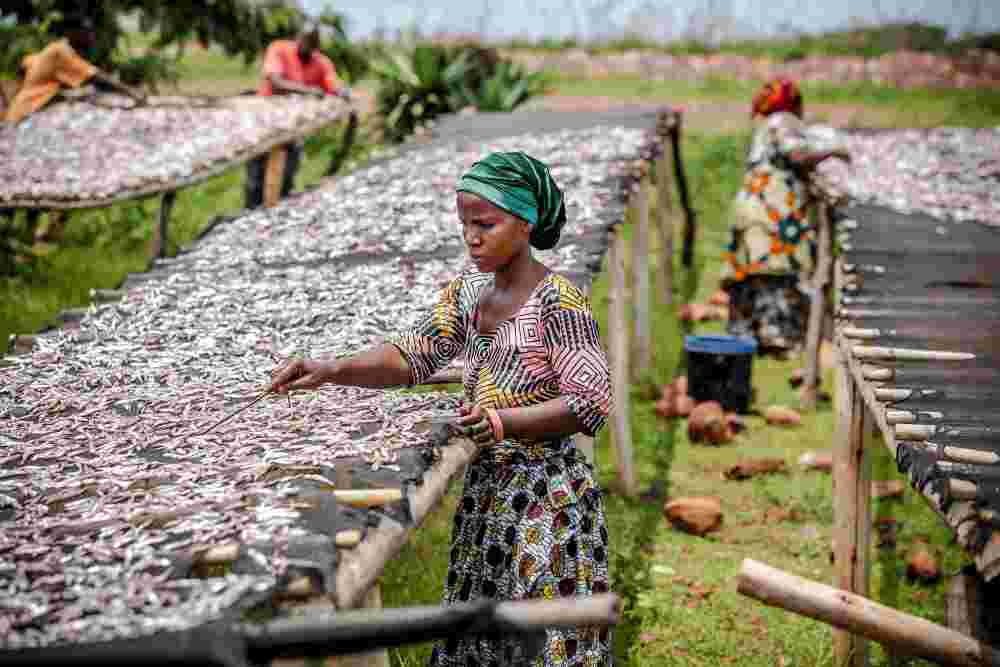Empowering Women in Small-Scale Fisheries for Sustainable Food Systems (2020-2021)
Ghana, 2020 - 2023
Get Microdata
Reference ID
GHA_2020-2021_EWSFSFS_v01_EN_M_v01_A_OCS
Producer(s)
Nicole Franz, Lena Westlund, Molly Ahern
Collections
Metadata
Created on
Feb 09, 2023
Last modified
Mar 10, 2023
Page views
53981
Downloads
524
1.4.2.1 Can you tell me something from your experience about small scale fisheries women access to productive assets? (x1_4_2_1_can_you_tell_me_som)
Data file: data_anon_kii
Overview
Valid:
7
Type:
Discrete
Width:
255
Range:
-
Format:
character
Questions and instructions
Categories
| Value | Category | Cases | |
|---|---|---|---|
| Assets depends on the family lines. Fish processing is more of a family business. The wealthier the family the easier the access. Community facility are not too common about only 2 districts (KEEA and AAK) in the whole region have community shared proces | 1 |
14.3%
|
|
| Equal opportunities in access to asset exist but dependent on the type of assets. Women own canoes though men own more but if it comes to ovens women own most. They also have access to own buildings and cars etc. | 1 |
14.3%
|
|
| From the local government attitude it seems issues of providing facility and infrastructure for women do not receive attentions. Women suffer especially when it comes to gender sensitive infrastructure. They dont have access to Electricity , proper fish | 1 |
14.3%
|
|
| Money play a key roles. Some of the Women in Tema Zone owns canoes but they dominate in the ownership of processing assets. | 1 |
14.3%
|
|
| Productive assets are easily accessible from markets, as gifts from central government. The assets are not too expensive as compared to that of the productive assets used in fishing. | 1 |
14.3%
|
|
| Some women own inputs used for fishing but theses are quite a handful. Women finance the purchase of fishing gears for fishers however they own more assets in relation to post harvest activities. Access to land is an issue. They do not have access impr | 1 |
14.3%
|
|
| The women are engaged solely in post harvest activities and therefore acquire the assets in that sections. A few also engage in ice making ventures as a business | 1 |
14.3%
|
Warning: these figures indicate the number of cases found in the data file. They cannot be interpreted as summary statistics of the population of interest.
